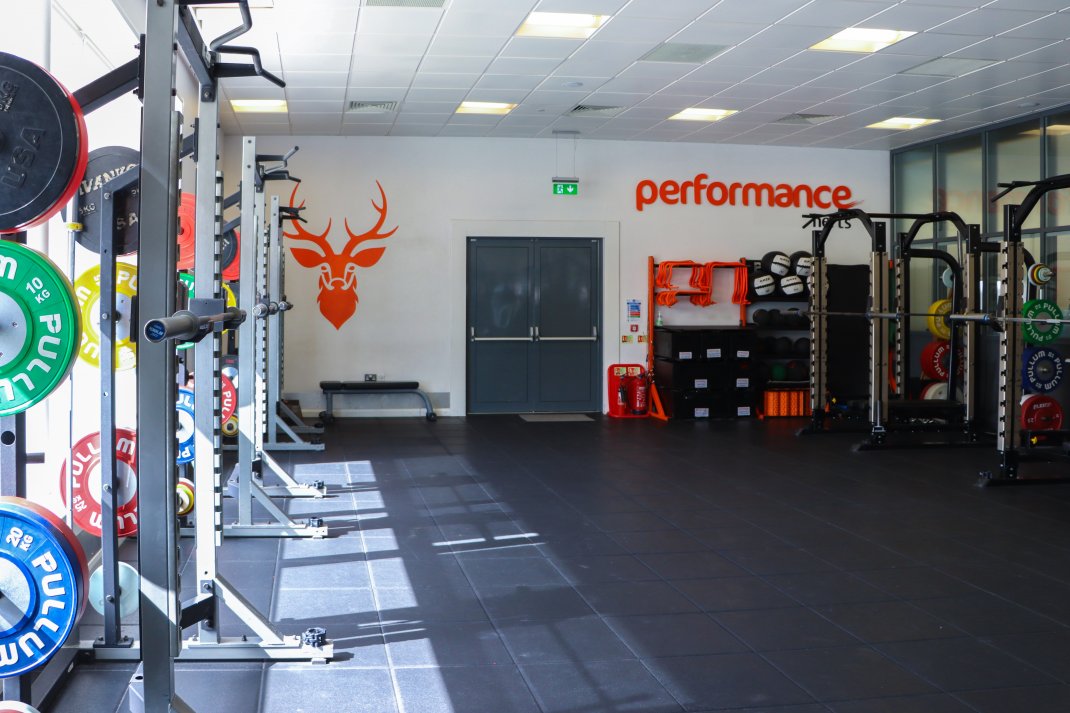by Charlie Kay
How often do you sit down to write yourself a gym programme and struggle to choose which exercises to perform?
If this sounds like a problem you have encountered, read on to learn a simple system you can use to greatly enhance your resistance training - a framework for exercise selection.
The contents of this article represent our take on well defined ideas from practitioners including (but not limited to) Jim Wendler, Dan Baker and Aleksey Medvedyev.
Systems can be better than goals
If you just want the system you can skip on below to the practical take homes of this article. However, it is prudent to first establish what systems are and why they are worth having.
While it’s important to note that everyone is different, there are very few training secrets out there. Generally, success leaves clues, and if you dissect certain training programmes you will see common threads and principles appear. These commonalities can be used to help us establish a training system to help us optimise both our results and our training time.
Personally, I’m a big fan of systems as they are almost the antithesis of goals. Goals themselves are a varied topic. For example, they can be large or small, within our control or out of our control, and can be outcome focussed or process focussed. While some goals can be very motivating and others intimidating, they require a conscious ‘bought in’ mentality. Enthusiasm can at times deteriorate, which is only natural. After all, day to day stress adds up, and some days are better than others. That is where systems come into play.
In a nutshell, we can consider a goal as the final destination, while a system represents the road we take to get there. In order to achieve goals, systems must be put in place. These represent a framework of repeatable actions we use to help us chip away at our goals. Systems allow us to action routines almost like a checklist, keeping us process oriented and avoiding slumps in motivation.
One such system in training is to establish a session structure. There are tonnes of areas that we can look at and all of them have multiple options, but for the purpose of this article we will focus on exercise selection.
Three exercise categories for your selection system
Aim to include these three types of lifts in your resistance training session
1. Main Lifts
Main lifts are to train movements, not muscles, and represent the key focus of your session. Think compound exercises like back squats. Here we want lots of motor unit recruitment through high loads to try and increase our ceiling of force output. We train these first.
2. Supplementary Lifts
Supplementary lifts again train movements but are smaller in nature and relate to the main lift. Ultimately, a supplementary lift is something that we hope positively impacts the main lift. For example, here we may perform a split squat. We train these second.
3. Assistance Lifts
Assistance (or accessory) work revolves around more localised stress and is muscle oriented, not movement oriented. Think of these as exercises that probably won’t impact the main lift or main focus but will balance the programme and holistically develop the individual. For example, here we may train a lateral lunge. We train these third.
Take these exercise examples with a pinch of salt as they are not definitive. A split squat may be a supplementary exercise for a cyclist, but could only be an assistance exercise for a powerlifter.
How to apply this concept to your training
Now that we have established a system for exercise selection, it's up to you to map out the appropriate exercises to input into that system. Below is one way you could do this, where we have given you a couple of examples. It's up to you to fill in the blanks.
| Category | Squat | Hinge | Push | Pull | Core |
|---|---|---|---|---|---|
| Main | Back Squat | Deadlift | |||
| Supplementary | Split Squat | RDL | |||
| Assistance | Lateral Lunge | Hamstring Curl |
Once you have established this, it will provide a framework for you to use for appropriate exercise selection.
Is this all there is to it?
Of course, there are many other pieces to the training puzzle, the above just covers one. We must also consider others such as exercise order, training load and training volume.
The good news here is that the Performance Herts Team have years of experience training clients from grassroots level all the way to Olympic medallists, and our services are available to you.
Want your training mapped out for you? Email us now at performanceherts@herts.ac.uk to arrange a consultation.
If you quote 'systems' in your email and you contact us prior to the 10th May 2022, we'll take £15 off of our most popular training product, a functional movement screening and 6 week training programme, meaning you can get this world class service for just £135.
Happy training!
Charlie

